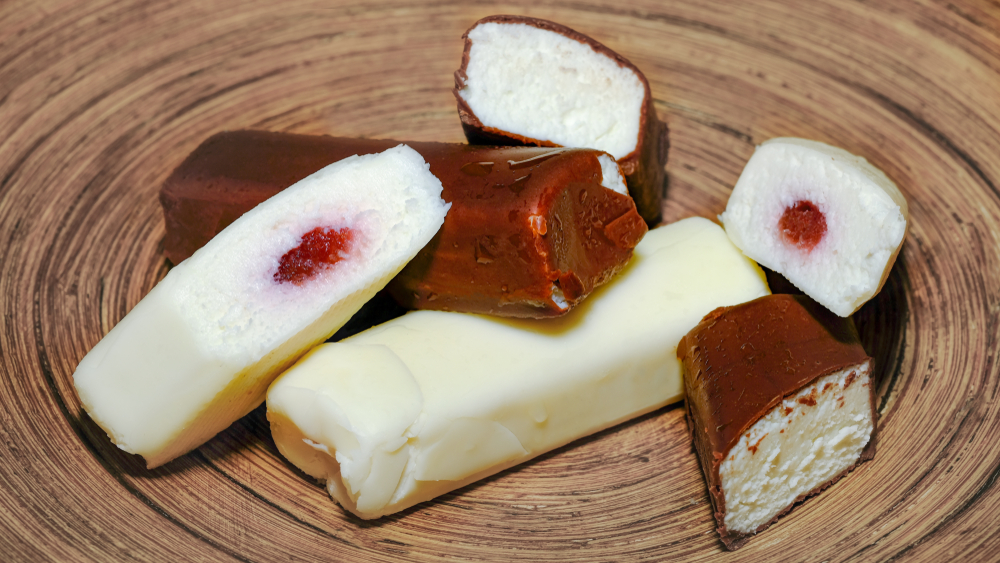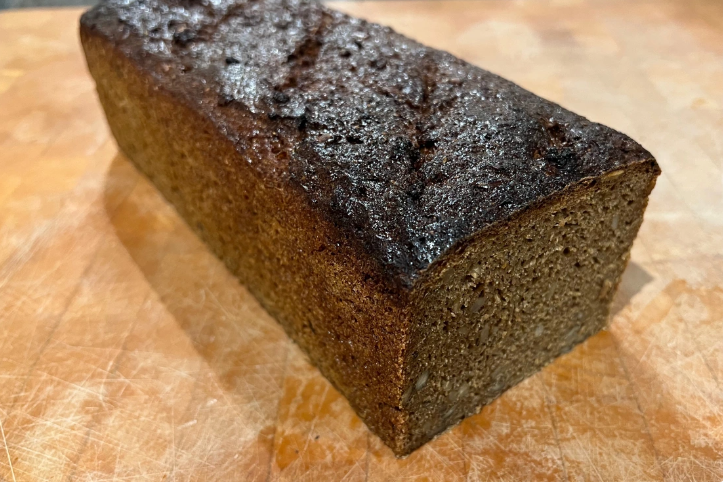Estonian cuisine is a reflection of the country's climate, geography, and history, characterized by its simplicity, use of seasonal and local ingredients, and influences from German, Russian, and Scandinavian culinary traditions. The food is hearty and often features rye, potatoes, various meats, and dairy products, all staples that reflect Estonia's agrarian roots. The preservation of food plays a significant role, with smoking, pickling, and fermenting being common techniques to ensure food availability during harsh winters. The proximity to the Baltic Sea also means that fish and other seafood form a significant part of the Estonian diet.
Northern Estonia: Tallinn and the Coastal Area
Northern Estonia, especially around the capital, Tallinn, has a cuisine that showcases both medieval heritage and modern influences. Traditional dishes include verivorst (blood sausage) and sült (jellied meat), especially popular during the Christmas season. The coastal areas emphasize seafood, with kiluvõileib (sprat sandwich) being a traditional and simple dish, reflecting the abundant local fish. Tallinn, as a cosmopolitan hub, also offers a variety of international cuisines but is known for reviving and modernizing traditional Estonian dishes in many of its restaurants.
Southern Estonia: Rural Heartland
The cuisine of Southern Estonia is deeply connected to the land, with a strong emphasis on forest products such as mushrooms and berries, which are used both in cooking and for making preserves. A typical dish from this region is karask, a traditional barley bread that is quick to make and satisfying, often served with fresh butter or cheese. The area is also known for its dairy products, with kohuke, a chocolate-glazed curd snack, being a favorite among locals and visitors alike. Dishes here are often heartier, with more emphasis on meat and potatoes, reflecting the agricultural practices of the region.
Western Estonia and the Islands: Influence of the Sea
The islands of Western Estonia, including Saaremaa and Hiiumaa, along with the coastal regions, have a cuisine that makes extensive use of fish. Räim, a type of Baltic herring, is particularly popular, prepared smoked, pickled, or fried. The islands also have their own version of black bread (leib), which is denser and darker than that found in the mainland. Another distinctive feature of the island cuisine is the use of wild herbs and plants, such as juniper, which flavor many of their meat dishes, including the local lamb, which grazes on pastures that imbibe the salty sea air, giving the meat a unique flavor.
Eastern Estonia: Russian Influences
Eastern Estonia, particularly the areas of Narva on the Russian border, shows a clear Russian influence in its cuisine. Dishes such as pirozhki (stuffed pastries) and borscht (beet soup) are common. This region also consumes a larger variety of soups, which are central to both Russian and Estonian culinary traditions. A popular local dish is pelmeni (dumplings filled with meat), served with sour cream, vinegar, or mustard.
Estonian cuisine offers a fascinating glimpse into the country's regional culinary diversity, each area bringing its unique flavors and traditions to the Estonian table. From the sophisticated and seafood-rich dishes of the north to the hearty, agrarian fare of the south, the unique seafood and juniper-flavored dishes of the west, and the Russian-influenced recipes of the east, Estonia’s culinary practices are as varied as its landscape and history. These regional distinctions not only highlight the adaptability and resourcefulness of Estonian cooking but also its capacity to preserve and evolve its culinary heritage in the face of changing times.
Copyright © 2016-2025 World Trade Press. All rights reserved.
 Estonia
Estonia 



 Afrikaans
Afrikaans Albanian
Albanian Amharic
Amharic Arabic
Arabic Armenian
Armenian Azerbaijani
Azerbaijani Basque
Basque Belarusian
Belarusian Bengali
Bengali Bosnian
Bosnian Bulgarian
Bulgarian Catalan
Catalan Cebuano
Cebuano Chichewa
Chichewa Chinese (Simplified)
Chinese (Simplified) Chinese (Traditional)
Chinese (Traditional) Corsican
Corsican Croatian
Croatian Czech
Czech Danish
Danish Dutch
Dutch Esperanto
Esperanto Estonian
Estonian Filipino
Filipino Finnish
Finnish French
French Frisian
Frisian Galician
Galician Georgian
Georgian German
German Greek
Greek Gujarati
Gujarati Haitian Creole
Haitian Creole Hausa
Hausa Hawaiian
Hawaiian Hebrew
Hebrew Hindi
Hindi Hmong
Hmong Hungarian
Hungarian Icelandic
Icelandic Igbo
Igbo Indonesian
Indonesian Irish
Irish Italian
Italian Japanese
Japanese Javanese
Javanese Kannada
Kannada Kazakh
Kazakh Khmer
Khmer Korean
Korean Kurdish (Kurmanji)
Kurdish (Kurmanji) Kyrgyz
Kyrgyz Lao
Lao Latin
Latin Latvian
Latvian Lithuanian
Lithuanian Luxembourgish
Luxembourgish Macedonian
Macedonian Malagasy
Malagasy Malay
Malay Malayalam
Malayalam Maltese
Maltese Maori
Maori Marathi
Marathi Mongolian
Mongolian Myanmar (Burmese)
Myanmar (Burmese) Nepali
Nepali Norwegian
Norwegian Pashto
Pashto Persian
Persian Polish
Polish Portuguese
Portuguese Punjabi
Punjabi Romanian
Romanian Russian
Russian Samoan
Samoan Scottish Gaelic
Scottish Gaelic Serbian
Serbian Sesotho
Sesotho Shona
Shona Sindhi
Sindhi Sinhala
Sinhala Slovak
Slovak Slovenian
Slovenian Somali
Somali Spanish
Spanish Sundanese
Sundanese Swahili
Swahili Swedish
Swedish Tajik
Tajik Tamil
Tamil Telugu
Telugu Thai
Thai Turkish
Turkish Ukrainian
Ukrainian Urdu
Urdu Uzbek
Uzbek Vietnamese
Vietnamese Welsh
Welsh Xhosa
Xhosa Yiddish
Yiddish Yoruba
Yoruba Zulu
Zulu